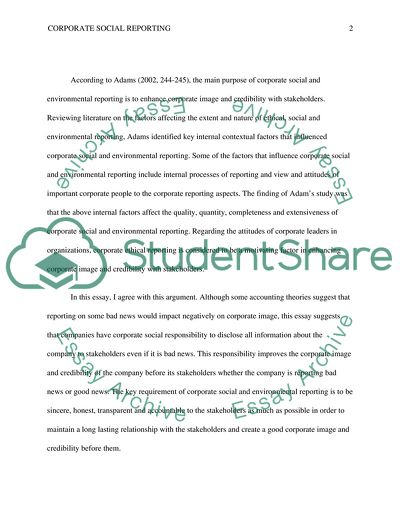Cite this document
(Views of Adam's(2002) statement Essay Example | Topics and Well Written Essays - 1500 words, n.d.)
Views of Adam's(2002) statement Essay Example | Topics and Well Written Essays - 1500 words. https://studentshare.org/finance-accounting/1850638-views-of-adams2002-statement
Views of Adam's(2002) statement Essay Example | Topics and Well Written Essays - 1500 words. https://studentshare.org/finance-accounting/1850638-views-of-adams2002-statement
(Views of Adam'S(2002) Statement Essay Example | Topics and Well Written Essays - 1500 Words)
Views of Adam'S(2002) Statement Essay Example | Topics and Well Written Essays - 1500 Words. https://studentshare.org/finance-accounting/1850638-views-of-adams2002-statement.
Views of Adam'S(2002) Statement Essay Example | Topics and Well Written Essays - 1500 Words. https://studentshare.org/finance-accounting/1850638-views-of-adams2002-statement.
“Views of Adam'S(2002) Statement Essay Example | Topics and Well Written Essays - 1500 Words”. https://studentshare.org/finance-accounting/1850638-views-of-adams2002-statement.


